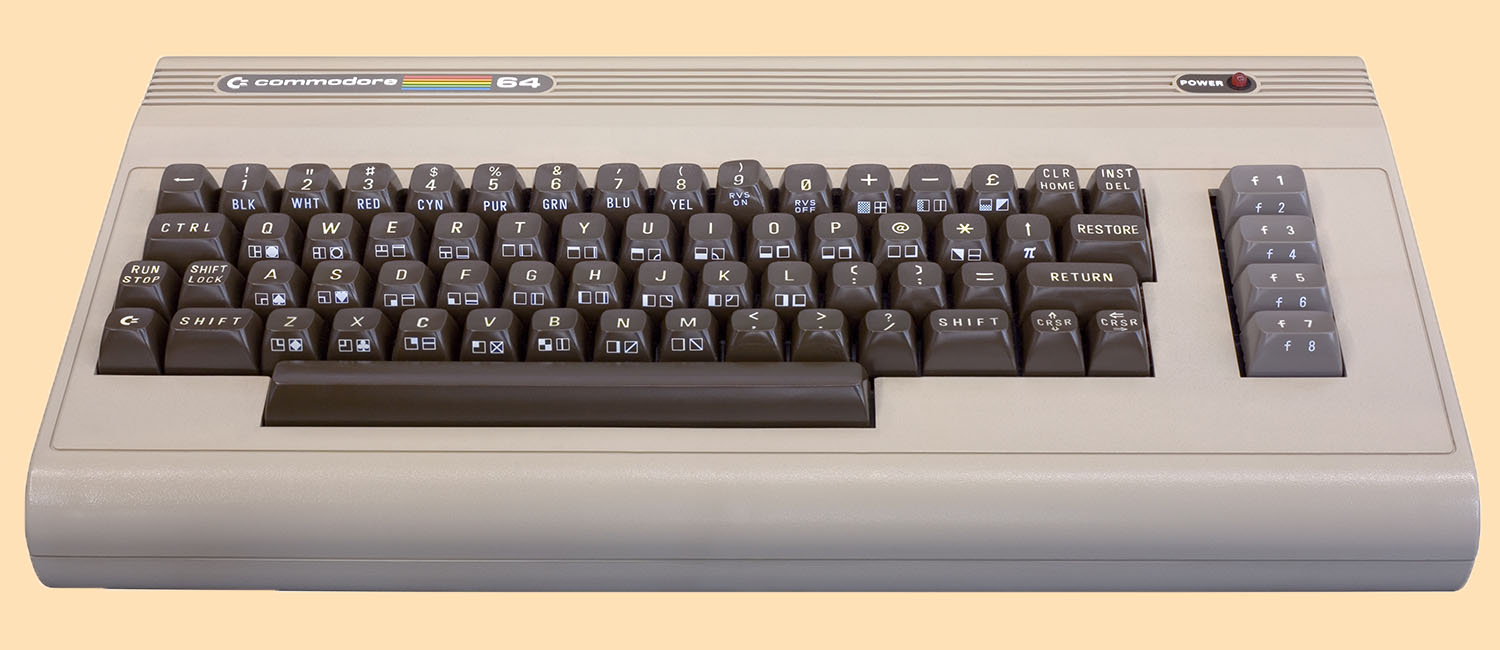
Preserving the history of hypertext literature
In the early 1980s, a 20-something Stuart Moulthrop had a Commodore VIC-20, the legendary 8-bit home computer that preceded the also-legendary Commodore 64. He experimented with creating an early form of electronic-based literature, collectively known as hypertext works.
They were like computerized versions of the “Choose Your Own Adventure” books that flourished in the ’80s. Rather than going straight through a story on a single plotline, readers were given choices that sent them down branching paths. In hypertext works, they navigated the stories by clicking hyperlinked phrases, which brought up the next part of the story on their computer screen.
Moulthrop, now a professor of English, was among a small group of pioneers in this electronic form of literature and released one of its canonical works in 1994, the novel-length “Victory Garden.” Some of those early pieces of literature are still available online, or on modern computers, in updated forms. But many are only accessible using their original platforms, such as an Apple IIe.

To help preserve and document these early forms of electronic literature, both for the public and for scholarly pursuits, Moulthrop helped create the Pathfinders project with startup support from the National Endowment for the Humanities. Maintaining the literature also means preserving those early computers. In some cases, that means never turning them off. “Because,” Moulthrop says, “we’re afraid we won’t be able to turn them back on.”
Moulthrop has also explored how reading the literature on its original platform or in its updated, often-web-based version, changes a user’s experience. With research partner Dene Grigar of the Washington State University-Vancouver Electronic Literature Lab, Moulthrop found that the platform differences mattered. “Important cultural and artistic features were lost in the migration to the web,” he says, ranging from how stories were loaded into the computer to how they were displayed on the screen.
The interactive fiction genre has enjoyed a recent rebirth, thanks to mobile technology. This has been helped by a program called Twine, which arrived in 2009 and streamlined the hypertext literature creative process. Moulthrop is researching Twine’s impact on electronic literature, interviewing creators and surveying their works. Says Moulthrop, “Another generation has arrived.”